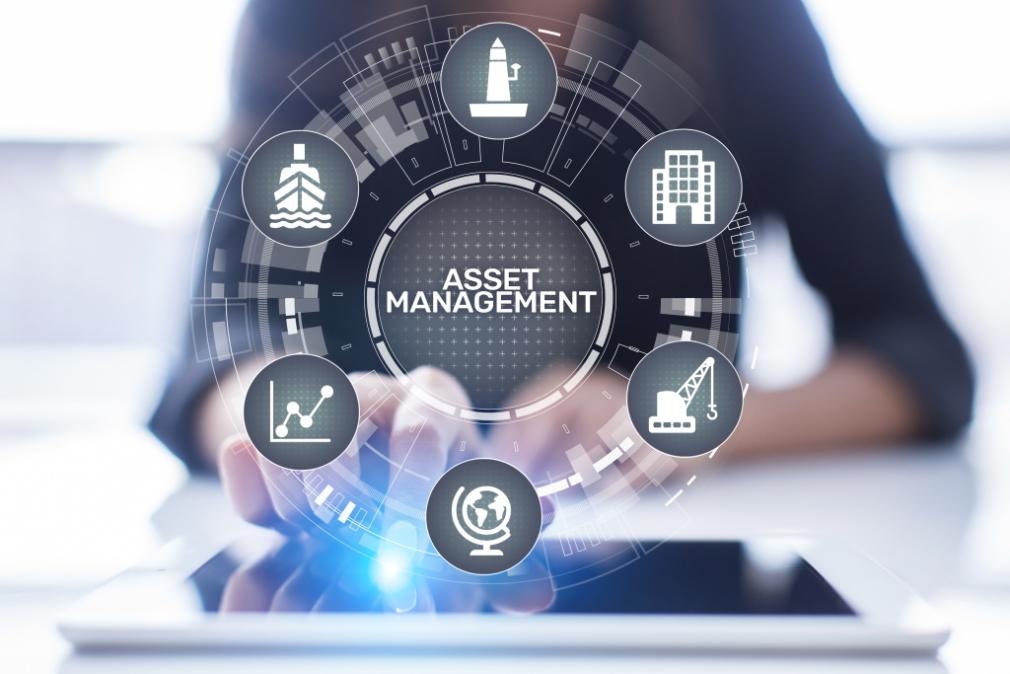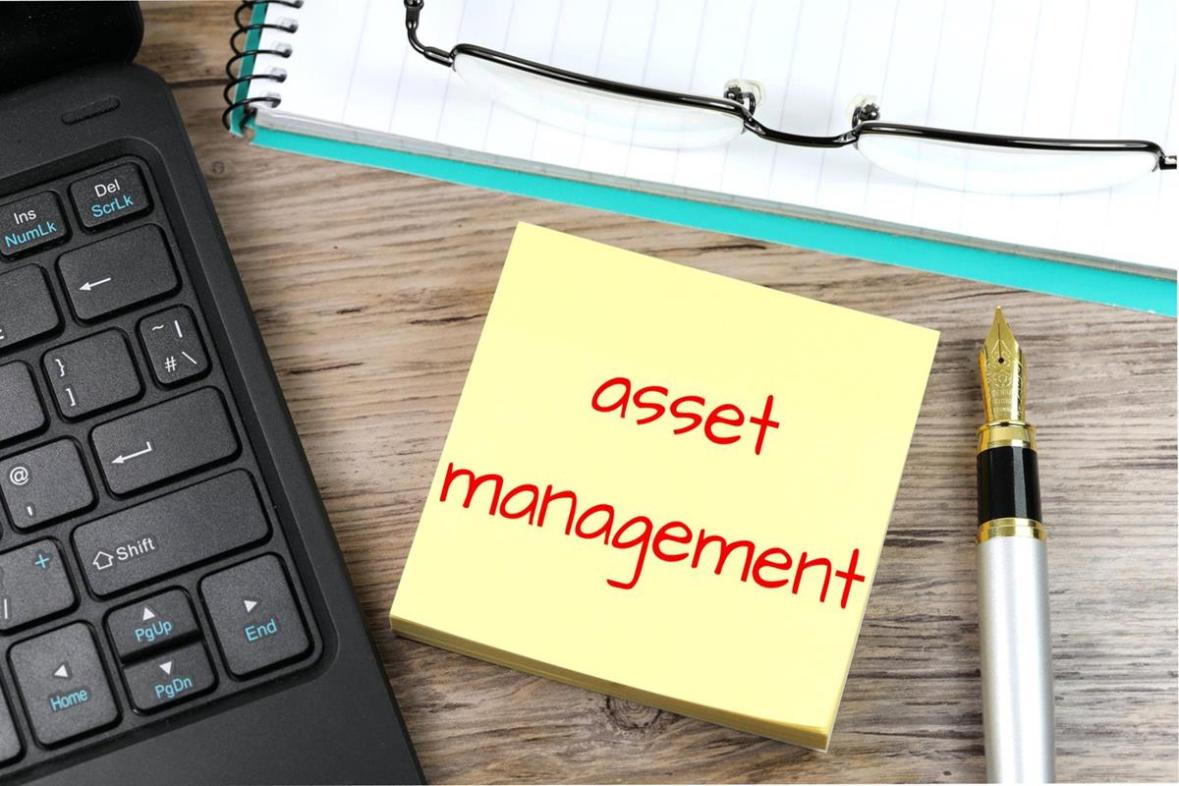What are the Emerging Trends and Innovations Shaping the Future of IT Asset Management?
In today's rapidly evolving digital landscape, IT asset management (ITAM) has become a critical function for organizations seeking to optimize their IT resources, reduce costs, and ensure compliance. As technology continues to advance, ITAM is undergoing a transformation, driven by emerging trends and innovations that are reshaping the way organizations manage their IT assets.

1. Automation And Artificial Intelligence (AI):
Automation and AI are revolutionizing ITAM processes, enabling organizations to streamline tasks, improve efficiency, and make data-driven decisions. AI-powered tools can automate asset discovery, tracking, and reporting, reducing manual labor and human error. Machine learning algorithms can analyze vast amounts of IT asset data to identify patterns, predict trends, and provide actionable insights for better decision-making.
2. Cloud Computing And SaaS:
The rise of cloud computing and Software-as-a-Service (SaaS) has significantly impacted ITAM. Organizations are increasingly moving their IT assets to the cloud, creating a need for effective cloud asset management solutions. SaaS applications require organizations to manage licenses, usage, and compliance across multiple cloud platforms, necessitating specialized ITAM tools and strategies.
3. Internet Of Things (IoT) And Edge Computing:
The proliferation of IoT devices and the adoption of edge computing are expanding the scope of ITAM. Organizations must now manage and secure a vast network of connected devices, sensors, and edge computing systems. ITAM solutions need to adapt to track, monitor, and maintain these IoT assets, ensuring their security and compliance.
4. Cybersecurity And Risk Management:

The increasing frequency and sophistication of cyber threats have made cybersecurity a top priority for organizations. ITAM plays a vital role in identifying and mitigating IT asset-related security risks. ITAM tools can help organizations track vulnerabilities, manage security patches, and ensure compliance with cybersecurity regulations.
5. Sustainability And Green IT:
Sustainability and green IT initiatives are gaining momentum, driving organizations to reduce their environmental impact. ITAM can contribute to sustainability efforts by tracking energy consumption, optimizing asset utilization, and extending the lifespan of IT assets. Organizations can use ITAM tools to identify and retire obsolete or inefficient assets, reducing their carbon footprint.
6. Data Privacy And Compliance:

Data privacy regulations, such as the General Data Protection Regulation (GDPR), have heightened the importance of ITAM in ensuring compliance. Organizations need to have a clear understanding of the location, usage, and retention of sensitive data across their IT assets. ITAM solutions can help organizations track data flows, identify data risks, and implement appropriate security measures to protect sensitive information.
7. Total Cost Of Ownership (TCO) And Return On Investment (ROI):
Organizations are increasingly focusing on optimizing the TCO of their IT assets and maximizing ROI. ITAM tools provide detailed insights into asset costs, utilization, and performance, enabling organizations to make informed decisions about asset acquisition, deployment, and retirement. By optimizing TCO and ROI, organizations can improve their financial performance and allocate resources more effectively.
The future of IT asset management is shaped by a convergence of emerging trends and innovations that are transforming the way organizations manage their IT resources. Automation, AI, cloud computing, IoT, cybersecurity, sustainability, data privacy, and TCO optimization are key drivers of innovation in ITAM. Organizations that embrace these trends and adopt innovative ITAM solutions will gain a competitive advantage by optimizing costs, improving efficiency, and mitigating risks.
YesNo

Leave a Reply